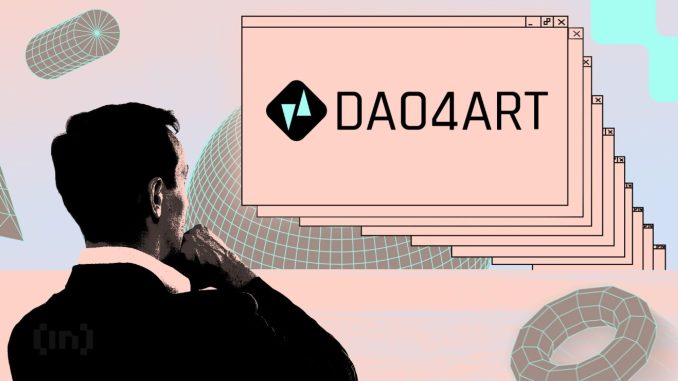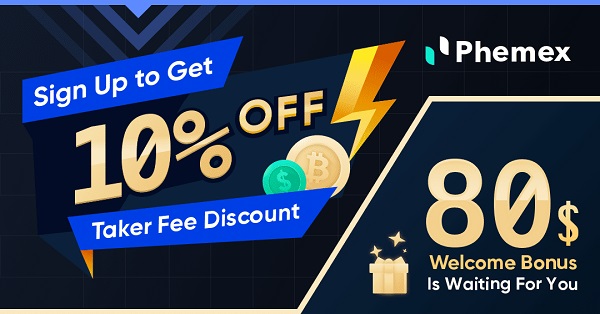
DAO4ART (D4A) is a platform designed to produce decentralized autonomous organizations (DAOs) that create different forms of art, including PFP NFT collections, storylines, fictions, ACG contents, and more. The platform incentivizes collaboration and participation from all players involved, including DAO Creators, Canvas Creators, and Minters-Owners.
One interesting feature of D4A is that it allows for the creation of new collections over time. A DAO Creator sets up the initial parameters for a new DAO, including the name, background story, manifesto, and starting floor price for NFT mints.
The Mint Window is also determined, which is the time frame during which the mint event for the DAO collection lasts. Minters can then mint individual art works from different Canvas to form the final DAO collection.
What’s unique about this platform is that the buyer, or Minter-Owner, ultimately decides what becomes an NFT in the collection. The Minter-Owner is responsible for picking the better options out of many works from different canvases to form the final DAO collection.
This process can have positive or negative impacts on the DAO collection’s content and future market value. As such, Minters must make sound and rational economical judgments and bear the associated risks.
DAO4ART is not involved in the buying or selling of NFTs. Instead, it provides a framework or infrastructure for NFT creation, management, and display, but leaves the actual trading of the NFTs to be handled by other parties.
Decoupling of content creation roles
In a traditional content creation process, there is usually a single creator or team of creators responsible for producing a piece of content. However, in the decentralized autonomous organization (DAO) model, the roles of content creation can be decoupled and divided into separate roles.
In this model, the DAO creator would be responsible for creating the overarching vision and strategy for the project. They would set the rules, parameters, and goals for the content creation process. The canvas creator, on the other hand, would be responsible for actually creating the content itself. This could be an artist, graphic designer, musician, or any other type of content creator.
By separating these roles, the DAO creator can focus on the bigger picture and overall project management, while the canvas creator can focus on the creative aspects of content creation. This can allow for greater specialization and expertise in each area, potentially leading to higher-quality content.
Additionally, the DAO model can introduce creator collaboration and competition. Since multiple creators can contribute to the project, there could be a competition among creators to produce the best content or collaborate to create something new and unique. This can foster creativity and innovation within the project.
You can learn more about the DAO4ART project here.
Boosting the creativity
The approach of DAO4ART, which decouples the roles of DAO creator and canvas creator, can benefit the creativity on the DAO side in several ways.
Firstly, by allowing the DAO creator to focus solely on the creation of the DAO structure and governance, they can spend more time and energy on designing a well-structured and effective DAO that will enable collaboration and decision-making among multiple canvas creators.
This can lead to more thoughtful and innovative DAO designs, as the creator is not bogged down with the details of the canvas creation process.
Secondly, by introducing creator collaboration and competition, DAO4ART can attract a wider range of talented artists and project managers to participate in the creation of NFT projects. This can result in a larger pool of diverse and unique ideas, as well as the possibility of cross-pollination between different artistic and creative styles.
Finally, by separating the roles of DAO creator and canvas creator, DAO4ART can encourage more participation and engagement from the DAO community. This can lead to more open discussions and debates about the direction and goals of the DAO, as well as more active participation in decision-making processes.
Additionally, the ability for multiple canvas creators to work on a single project can create a sense of ownership and pride in the community, leading to increased engagement and investment in the success of the project.
Royalty tokenization
DAO4ART also introduced royalty tokenization, aligning the interest among NFT holders and token holders. Royalty tokenization refers to the process of issuing tokens that represent a fractional ownership stake in the royalties generated from a specific NFT or collection of NFTs.
This means that individuals who hold these royalty tokens are entitled to a percentage of the revenue generated from the NFTs. The concept of royalty tokenization is particularly relevant in the world of NFTs, where many creators and investors are seeking ways to monetize their digital creations beyond the initial sale of the NFT.
By allowing individuals to invest in the ongoing revenue streams generated by a particular NFT or collection, creators and investors can benefit from the long-term success of their creations.
From the perspective of the NFT holders, royalty tokenization aligns their interests with those of the token holders, as both groups benefit from the ongoing success of the NFT. This can create a sense of community and shared ownership among individuals who are invested in the success of the NFT, which can be valuable in driving engagement and interest in the NFT.
In addition to royalty tokenization aligning the interests of NFT holders and token holders, it’s worth noting that DAO4ART has taken a unique approach to the initial issuance of these royalty tokens. They have decided to issue the first batch of tokens to content creators based on their mint performance.
This means that the creators who have already seen success in selling their NFTs will have the opportunity to benefit even further from the ongoing revenue streams generated by their creations.
Furthermore, DAO4ART has plans to introduce more functionalities on the trading side of these tokens in the future, which could further enhance the value proposition of royalty tokenization for both creators and investors.
It’s also interesting to note that DAO4ART has decided not to directly involve themselves in NFT trading, instead choosing to focus on developing the infrastructure and tools needed to support the growth of the NFT ecosystem. This approach could potentially help to foster a more decentralized and community-driven NFT market in the long run.
Links:
Website | Twitter | GitBook
Disclaimer
All the information contained on our website is published in good faith and for general information purposes only. Any action the reader takes upon the information found on our website is strictly at their own risk.





Be the first to comment